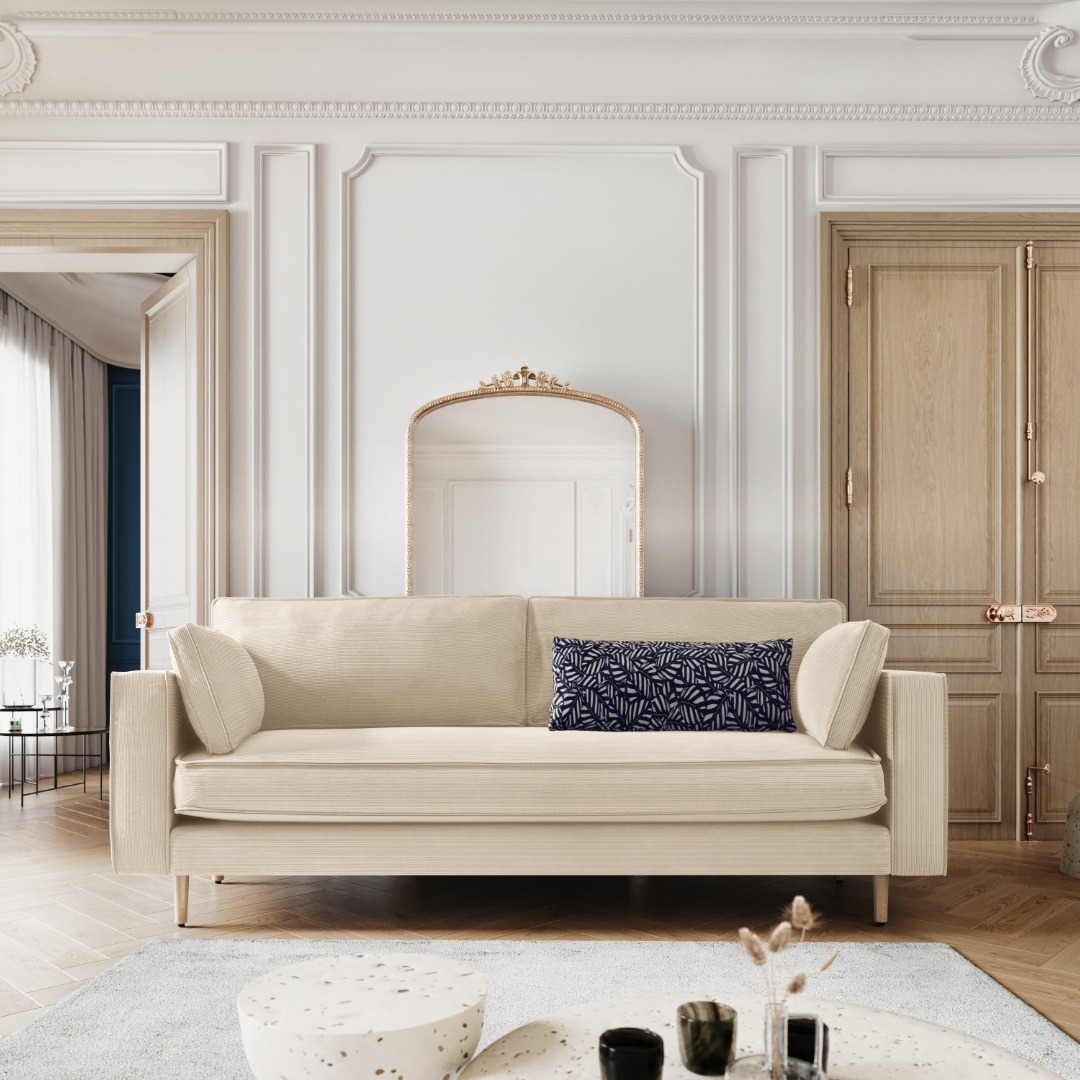When it comes to designing a small living room, it can be challenging to make the most out of limited space while still creating a functional and visually pleasing environment. Fortunately, there are several layout ideas that can help you maximize the available space and create a cozy and inviting atmosphere. In this article, we’ll explore some of the best small living room layout ideas to help you make the most of your space.
One of the best ways to maximize space in a small living room is to use multi-functional furniture. This can include items such as a sofa bed or a coffee table with hidden storage. Using multi-functional furniture for smaller spaces saves space and adds functionality to your living room.
Use Multi-Functional Furniture
For example, a sofa bed can be used as a comfortable seating area during the day and transformed into a bed at night. A coffee table with hidden storage can be used to store extra blankets, books, or magazines, while also serving as a place to rest drinks and snacks.
Create Zones
Another way to make the most of your small living room is to create distinct zones within the space. This can be achieved by arranging furniture in a way that separates different activities. For example, you could create a seating area for watching TV, a reading nook with a comfortable chair and lamp, and a workspace with a desk and chair.
Creating distinct zones not only makes the most of the space, but it also creates a sense of organization and purpose within the living room. It can help to visually break up the room and make it feel larger.
Use Mirrors
Mirrors can be an excellent tool for making a small living room appear larger. They reflect light and create the illusion of depth, making the room feel more spacious. Placing a large mirror on one of the walls can make the room feel twice as big.
You can also use smaller mirrors strategically throughout the room to reflect light and create depth. For example, placing a mirror opposite a window can reflect natural light into the room and make it feel brighter and more open.
Opt for Light Colors
Choosing light colors for walls, furniture, and decor can make a small living room feel more open and airy. Light colors reflect light, making the room feel brighter and more spacious. In contrast, dark colors can make a small room feel cramped and closed in.
When choosing colors, consider using a monochromatic color scheme with shades of the same color. This creates a cohesive and visually appealing look while still keeping the room feeling open and spacious.
Keep it Simple
When designing a small living room, it’s important to keep things simple. This means avoiding clutter and excess decor that can make the room feel cramped and cluttered. Instead, choose a few statement pieces that will add visual interest to the space without overwhelming it.
Consider using simple, clean-lined furniture and minimalist decor to create a streamlined and uncluttered look. This will make the most of the available space while still creating a comfortable and stylish living room.
Make use of Vertical Space
In a small living room, it’s essential to make use of vertical space to maximize storage and display options. This can include using tall bookcases or shelving units to store books and decor, hanging curtains higher than the window to create the illusion of height, and using wall-mounted shelves to display artwork and other decorative items.
By utilizing vertical space, you can make the most of the available space while still keeping the room feeling open and airy.
Arrange Furniture Strategically
Finally, arranging furniture strategically can make a big difference in a small living room. Consider using furniture with a smaller footprint, such as a loveseat instead of a full-sized sofa, and arranging it in a way that maximizes space and creates flow.
For example, placing furniture against the walls can create a sense of openness and allow for easier traffic flow. You can also consider creating a conversation area with furniture arranged around a central point, such as a coffee table or fireplace.
When arranging furniture, be mindful of the scale of the pieces. Oversized furniture can make a small room feel cramped and cluttered, while smaller pieces can make the room feel more open and spacious.
In conclusion, designing a small living room can be a challenge, but there are several layout ideas that can help you make the most of your space. By using multi-functional furniture, creating distinct zones, using mirrors, opting for light colors, keeping things simple, making use of vertical space, and arranging furniture strategically, you can create a cozy and inviting living room that maximizes the available space. With a little creativity and some careful planning, you can turn your small living room into a comfortable and stylish oasis.

